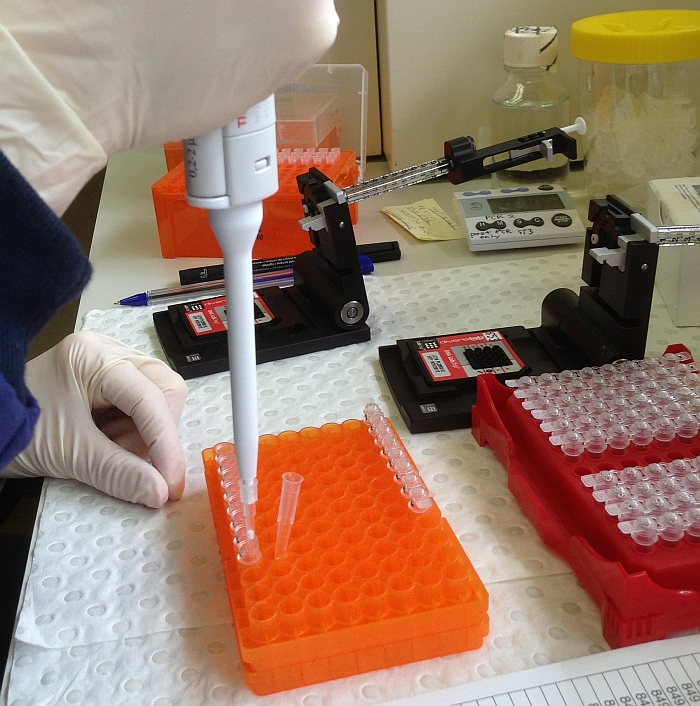Welcome to another edition of eChook!
First of all, I wish you all a happy new year!
In this edition, I would like to highlight a very significant initiative the Australian government took in 1998 by establishing the “Joint Expert Technical Advisory Committee on Antibiotic Resistance (JETACAR)”. The Committee was tasked with assessing the scientific evidence of a link between the use of antibiotics in food-producing animals and the emergence and selection of antibiotic-resistant bacteria and their spread to humans and, if the Committee found such a link, to recommend future risk management strategies.
The JETACAR Report was released on 22 October 1999. The Report is thorough and well-constructed. It contains 22 recommendations covering (a) regulatory controls; (b) monitoring and surveillance; (c) infection prevention strategies and hygiene measures; (d) education; and (e) further research. Currently, the Australian government has commenced a process to ascertain the rate at which the recommendations are being implemented.
The application of antibiotics in feed for prophylaxis, the excessive use of antibiotics in human medicine, and the emergence of antibiotic resistance have been the topic of much research over the past fifteen years. In fact, the possibility of some organisms developing antibiotic resistance was highlighted in the Swann Report in 1969, which was commissioned by the UK Joint Committee of Houses of Parliament to investigate the “Use of Antibiotics in Animal Husbandry and Veterinary Medicine”.
The importance of antibiotics in human and animal health cannot be stressed enough. Thus, the Australian poultry industry has been strictly following the principle of prudent use of antibiotics and has invested heavily into alternatives to antibiotics, including vaccines, diagnostics, therapeutics and nutriceuticals. The Poultry CRC has been at the frontier of such research.
Antibiotic resistance is a highly charged issue in the developed world. It is therefore essential that we continually communicate the outcomes of efforts to deal with antibiotic resistance to the public in a factual, non-emotive manner. An up-to-date summary of the issue, entitled “A Practical and Logical Look at Antimicrobial Resistance in Poultry” is in the latest issue of International Poultry Production (Volume 20, Issue 8, 2012). Thanks to Dr Nigel Horrox, the magazine’s Editor, the Poultry CRC has been permitted to make a copy of the article available to you through Poultry Hub.
Regards, Mingan


